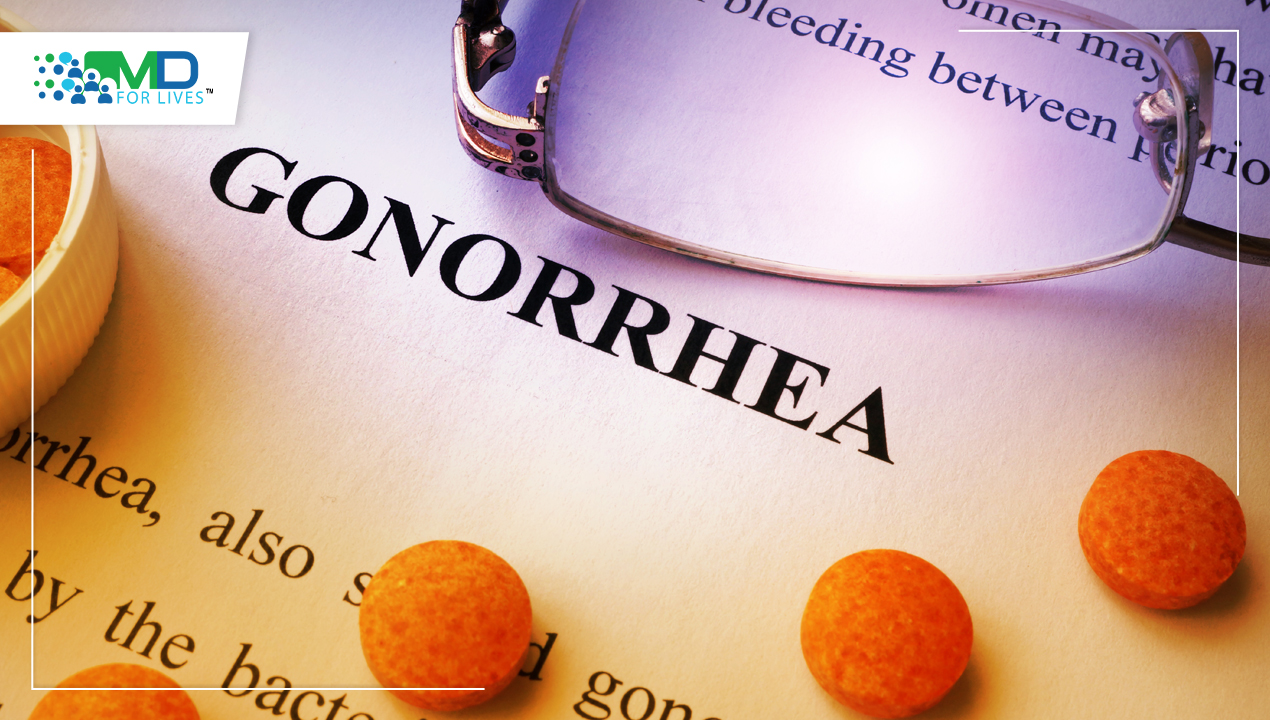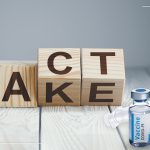According to researchers at Georgia State University’s Institute for Biomedical Sciences, creating a mutation that affects how the bacterial pathogen Neisseria gonorrhoeae produces gonorrhoea, a prevalent sexually transmitted illness, might give a novel strategy to prevent and treat the disease. The researchers discovered that creating a mutation in a crucial element of the outer membrane transporter used by N. gonorrhoeae to hijack human immune proteins and strip them of metals might aid in the prevention of gonorrhoea infection. The research was published in the journal mBio.
What is Gonorrhoea?
The bacteria Neisseria gonorrhoeae causes gonorrhoea, a sexually transmitted infection (STI). This prevalent STI prefers warm, wet parts of the body, such as the
- Urethra (tube that drains urine from the bladder)
- the eyes and the throat
- vagina
- anus
- female reproductive system, which includes the fallopian tubes, cervix, and uterus
Who is at risk of contracting Gonorrhoea?
Gonorrhoea can afflict persons of any age or gender; however, it is most frequent in women and among teenagers and young adults aged 15 to 24. Untreated gonorrhoea can cause long-term health problems as well as infertility in certain circumstances. However, antibiotic therapy can cure the illness and reduce your risk of developing health issues. Gonorrhoea, which affects more than 80 million individuals globally each year, is a global public health problem due to increased antimicrobial drug resistance, rising treatment costs, and a lack of a preventive vaccination. In women, up to 80% of infections are asymptomatic, and if ignored, gonorrhoea can cause major health problems such as pelvic inflammatory disease, ectopic pregnancy, infertility, and even life-threatening endocarditis and meningitis.
How is Gonorrhoea Transmitted?
Sexual interaction with an infected individual can spread gonorrhoea. This covers vaginal, anal, and oral sex. Additionally, a woman can transmit it to the unborn kid. Tests on the urine, the male urethra, or the female cervix are used to make the diagnosis. It is advised to test all sexually active women under 25 and those with new sexual partners every year; the same advice also applies to males who have sex with men (MSM). Condom usage, having intercourse with just one person who is uninfected, and refraining from having sex are all effective ways to avoid getting gonorrhoea. Ceftriaxone by injection and azithromycin by mouth are typically used as treatments.
Treatment for Gonorrhoea:
Since many previously used medicines have acquired resistance, greater dosages of ceftriaxone are occasionally needed. Three months following therapy, retesting is advised. It is also important to treat any recent sexual partners. About 0.8% of women and 0.6% of males have gonorrhoea. Out of the 498 million new instances of curable STIs, which also include syphilis, chlamydia, and trichomoniasis, an estimated 33 to 106 million new cases occur each year. Young adulthood is the most prevalent age for infections in women. It contributed to roughly 700 fatalities in 2015. The Old Testament has descriptions of the illness that stretch back to before the Common Era. Before the year 200 AD, the Greek physician Galen called it “an undesired discharge of semen” and gave it the present name. Because of antimicrobial resistance to current medications, effective treatment choices for gonorrhoea are dwindling. Furthermore, because N. gonorrhoeae affects the expression of critical surface molecules and dampens the immune response, it is difficult to find potential vaccine targets. Humans rely on a mechanism known as nutritional immunity to limit the availability of vital minerals such as iron and zinc and starve invading microorganisms. Metal-binding proteins bind metals and reduce the quantity of free critical metal ions required by pathogens to thrive and cause illness.
The ongoing Research on Gonorrhoea
To counteract host nutritional immunity, N. gonorrhoeae recruit TonB-dependent transporters (TdTs) to their outer membrane, where they bind to host nutritional immunity proteins and remove their metals. TdTs frequently serve critical roles in the establishment of infections, making them interesting vaccine targets. TdfJ is a TdT that targets human S100A7, a zinc-binding protein that slows pathogen replication by concealing zinc. TdfJ is used by N. gonorrhoeae to remove zinc from S100A7 and internalise it. Extracellular loop 3 of TdfJ contains an alpha-helix finger. A comparable alpha-helix in loop 3 of another gonococcal TdT, known as TbpA, is important in the interaction between TbpA and human transferrin, which is essential for iron absorption. Based on this knowledge, the researchers speculated that the TdfJ loop 3 helix (L3H) interacts with S100A7, and they created a series of mutations in the TdfJ L3H to see if they prevented N. gonorrhoeae from acquiring zinc and thereby causing sickness.
“The prospect of untreatable gonococcal infections has fueled efforts to identify targets for novel therapeutic and prevention strategies, and members of the family of outer membrane TonB-dependent metal transporters have emerged as promising candidates because they play a critical role in infection establishment,” said Dr. Cynthia Nau Cornelissen, senior author of the study, Distinguished University Professor, and director of the Center for Translational Immunology at the University of California, San Francisco. “Mutagenesis of critical residues within the TdfJ L3H decreased S100A7 binding and zinc piracy by the gonococcus, with changes at residues K261 and R262 having the most dramatic impacts. These findings imply that the TdfJ L3H plays an important role in undermining host nutritional immunity.”
The work revealed a critical area of TdfJ that controls the binding relationship between the zinc importer TdfJ and its human zinc source, S100A7.”For the first time, we described the binding relationship between gonococcal TdfJ and its human receptor S100A7. We also discovered many mutations in TdfJ loop 3 that affect S100A7 binding and zinc extraction “said Stavros A. Maurakis, the study’s first author and a Ph.D. graduate of Georgia State’s Institute for Biomedical Sciences. “By better understanding the complicated interactions between these bacterial nutrient receptors and their host nutrition sources, we may be able to develop appropriate prevention and/or therapy for a critical human illness.”
Is there a treatment for Gonorrhoea?
Yes, gonorrhoea may be cured with the appropriate medication. It is critical to take all of the medication prescribed by your healthcare practitioner in order to treat your illness. Do not provide gonorrhoea medication to anyone. Although treatment will eliminate the illness, it will not reverse any long-term effects of the sickness. Some gonorrhoea is getting more difficult to cure as drug-resistant strains proliferate. If your symptoms persist for more than a few days after obtaining therapy, contact your doctor.

MDForLives is a vibrant community of healthcare professionals and patients dedicated to shaping the future of healthcare. We provide valuable global insights to healthcare companies through online surveys, interviews, and discussion forums.





